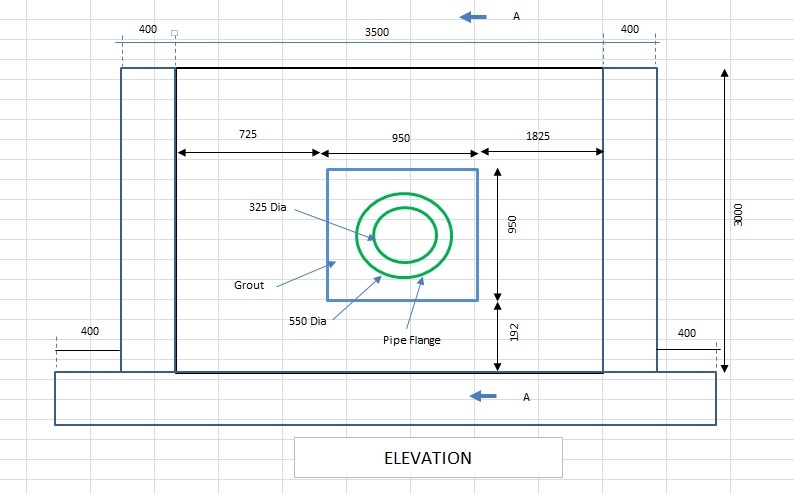allimuthug
Civil/Environmental
- Oct 5, 2014
- 142
Hi, I have a underground in which the Pipe is Anchored as shown in the Figure below.



The Pit is formed by keeping a hole as shown in the elevation for pipe flange connection. Later the Pipe is installed and grouted
as shown in the elevation and section. The grout locks with the wall.
The flange cracks the concrete and if the concrete gives up in breaking it engages the re-bar which is subjected to shear.
Please correct me if I am wrong.



The Pit is formed by keeping a hole as shown in the elevation for pipe flange connection. Later the Pipe is installed and grouted
as shown in the elevation and section. The grout locks with the wall.
The flange cracks the concrete and if the concrete gives up in breaking it engages the re-bar which is subjected to shear.
Please correct me if I am wrong.
